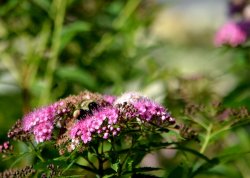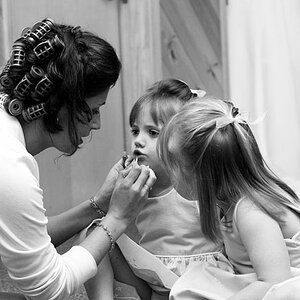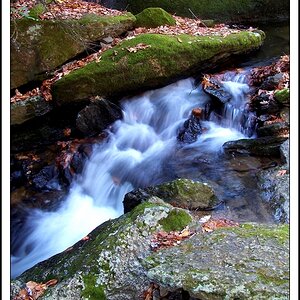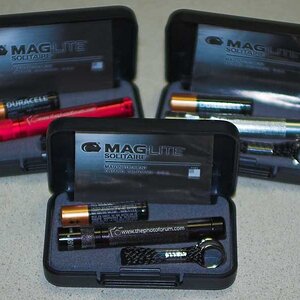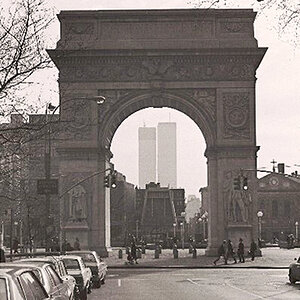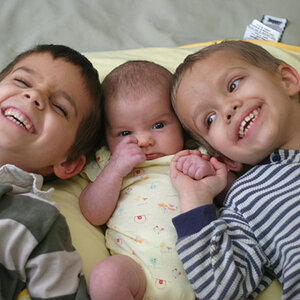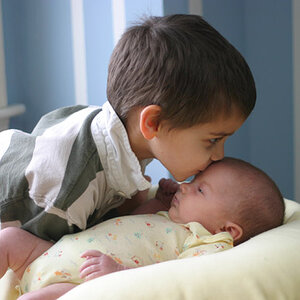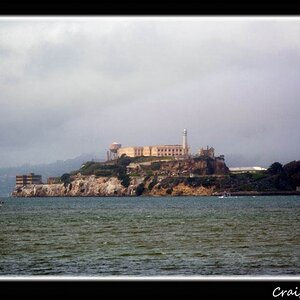Animaniac888
No longer a newbie, moving up!
- Joined
- Jun 27, 2012
- Messages
- 199
- Reaction score
- 23
- Location
- USA
- Can others edit my Photos
- Photos OK to edit
Just recently I got my first DSLR, after having used various cameras for a while and doing CG for a year. I'm familiar with basic composition rules(rule of thirds, etc.) and camera basics such as aperture, shutter speed, ISO, etc., but don't know much more than that. In a nutshell, I'm looking for general critiques and suggestions to help me improve.
1.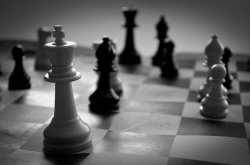
Don't have much else worth displaying yet, but I'd still like some feedback about this image.
1.

Don't have much else worth displaying yet, but I'd still like some feedback about this image.


